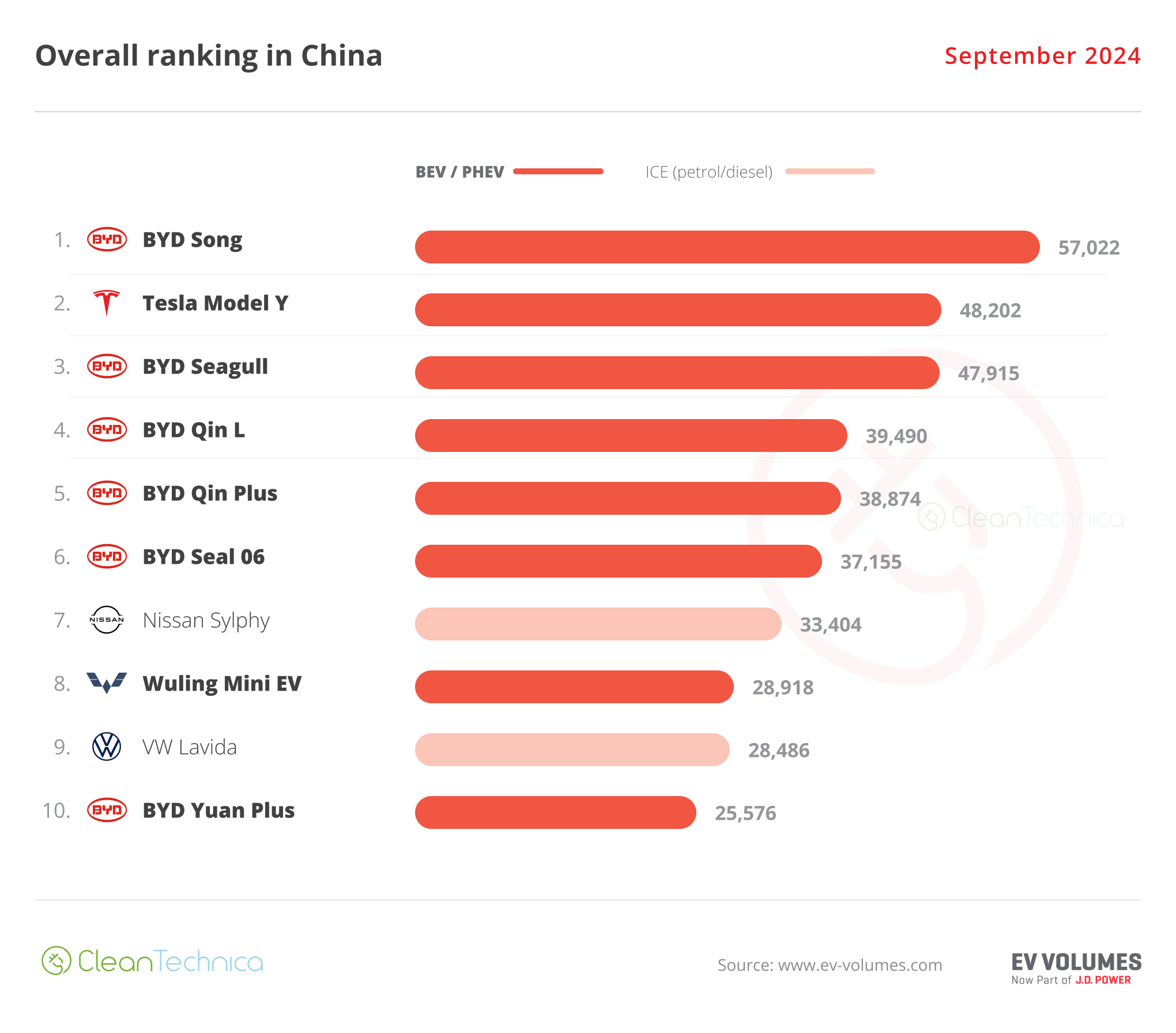Sign up for daily news updates from CleanTechnica on email. Or follow us on Google News!
As if fossil energy stakeholders didn’t have enough on their hands these days, along comes the leading energy firm AES with a scheme to send armies of robots named “Maximo” out to build solar farms all over the countryside. Maximo is expected to perform faster and more efficiently than its human counterparts, as robots usually do, leading to lower costs for solar power.
Meet Maximo, The All-In-One Solar Farm Construction Crew
To be clear, Maximo does not resemble an actual person, and it can’t work independently, like an actual person. The robotic solar installer is designed to work alongside a supervisory construction crew with the help of AI.
Still, AES states that the savings in cost and time will be significant — half the cost and half the time, to be exact.
“Maximo can install solar panels in half the time and half the cost, working together with on-the-ground crews to accelerate renewable energy deployment, reducing time-to-power for customers,” AES emphasizes.
If all goes according to plan, the new robot will also contribute to quality of work life during solar farm construction. “Maximo enhances the safety and scalability of solar installation by automating the heavy lifting for placing and attaching solar modules,” AES explains. The company notes that the robot has been validated to perform in a broad range of climates, which is an important consideration as climate change makes outdoor work uncomfortable or downright dangerous for human-powered work.
“It accelerates project timelines, creates new high-tech jobs and brings opportunities to new segments of the workforce,” AES elaborates. “Maximo expands job opportunities in solar installation, while providing individuals the experience to develop AI skills and learn emerging technologies.”
More & Bigger Solar Farms, Faster
AES has already put Maximo through its paces. The capable robot has logged 10 megawatts’ worth of solar farm construction, having apparently cut its utility-scale teeth on the AES Oak Ridge solar farm currently under construction in Louisiana. According to AES, Maximo is on track to install 100 megawatts by the end of next year.
That’s peanuts compared to what AES has in mind for the future. The company is counting on Maximo to help it dig out from under a backlog of up to 5 gigawatts over the next three years. That includes the company’s massive 2-gigawatt Bellefield solar farm in Kern County, California, which it describes as “the largest solar-plus-storage project in the US.” If you happen to drive by sometime soon, you might catch sight of Maximo at work there.
AES Chief Product Officer Chris Shelton suggests that we ain’t seen nothing yet. He cites a current installation pace of 15,000 solar modules per hour for the US solar industry, a blistering rate that is expected to become even more blistering by 2035 when 50,000 modules per hour will be the expected rate.
“In response to this exponential growth, we are scaling Maximo, deploying fleets of continually improving robots to empower our teams for faster and more competitive installations,” Shelton said in a press statement on July 30.
More Rural Solar Farms, More Opposition
AES’ enthusiasm for more and bigger solar farms is a stark contrast with solar industry observers who are concerned about the rising opposition faced by utility-scale solar farms.
Based on a survey of renewable energy developers, the US Department of Energy’s Lawrence Berkeley National Laboratory estimates that about 33% of wind and solar siting applications submitted over the past five years were canceled, and about 50% faced delays of at least six months.
Berkeley Lab cites community opposition among the top three reasons for the setbacks, alongside regulatory obstacles and grid connection bottlenecks.
To be fair, solar farms are not particularly attractive, to the extent that local opposition is based on complaints that power generation is not an appropriate use of farmland. However, as new fulfillment centers, shopping malls, corporate campuses, and housing developments continue to run rampant over the nation’s farms, the aesthetic argument starts to fall apart.
Besides, solar panels are of a piece with modern agricultural practices that depend on heavy machinery, reams of plastic sheeting and baling, hothouses, “hoop houses,” sprawling barns and other infrastructure.
A Helping Hand For Solar Farm-Building Robots
Aesthetics aside, fossil energy stakeholders have been working to muddy the waters by promoting misinformation about climate change and environmental impacts among communities where solar farms have been proposed.
The communications landscape has also changed from years past, with social media providing an open door for third parties to organize and encourage local residents to oppose solar projects.
The Solar Energy Industries Association is among those recognizing that solar developers need to do some engaging of their own. The trade organization has teamed up with the clean energy communications firm Tigercomm to offer a first-of-its-kind communications course at the RE+ trade show in Anaheim, California, in September. (Info and registration link are here).
“To build local support for clean energy projects and reach key stakeholders where they are, the industry must adopt more nimble and adaptable outreach techniques that mirror the tactics of sophisticated political campaigns,” SEIA explains.
The training includes fielding questions from the media, identifying local stakeholders, and creating information campaigns that reach today’s digital news audience. Follow-up consultations on specific projects are part of the package.
Keep The Farming In Solar Farms
While much of the attention has been focusing on mega-scale solar arrays, I had a conversation with an executive from the leading firm Engie at a Reuters energy event in New York City earlier this summer, and he noted that much of the interest in solar farms is coming from smaller family-owned agricultural operations. Solar farms provide the property owner with an opportunity to earn some needed revenue without permanently destroying farmland.
In fact, solar farms are consistent with longstanding US agricultural policy and farmland conservation practices, which pay farmers to take their land out of production and let it rest for a while. In contrast to other urban sprawl and other rural construction activities, solar panels require minimal disruption. The soil within the array gets a chance to rest, and the panels can be removed after their lifespan runs out.
With the land taking a break from agricultural use, it can also serve double duty as a site for habitat restoration, groundwater restoration, and other environmental projects that can’t be accomplished while crops are in production.
The emerging agrivoltaic movement can also help deflect opposition, by demonstrating that agricultural use can persist within a solar array. So far much of the activity has centered on low-impact uses like livestock grazing and pollinator habitats, but new bifacial solar technology is beginning to provide for new opportunities to pair solar power with specialty crops and human foods (see more agrivoltaic background here).
Another factor to watch is the community solar industry. Community solar projects enable ratepayers to subscribe to a local solar farm, often with savings on their electricity costs. They can be constructed anywhere sufficient land is available, and farmers are not the only commercial property owners to spot an opportunity there.
Follow me via LinkTree, or @tinamcasey on Threads, LinkedIn, and Instagram.
Image (screenshot): Another headache for rural solar opponents: the new Maximo AI-enabled robot is designed to slice half the cost and half the time from solar farm construction (courtesy of AES).
Have a tip for CleanTechnica? Want to advertise? Want to suggest a guest for our CleanTech Talk podcast? Contact us here.
Latest CleanTechnica.TV Videos
CleanTechnica uses affiliate links. See our policy here.
CleanTechnica’s Comment Policy





